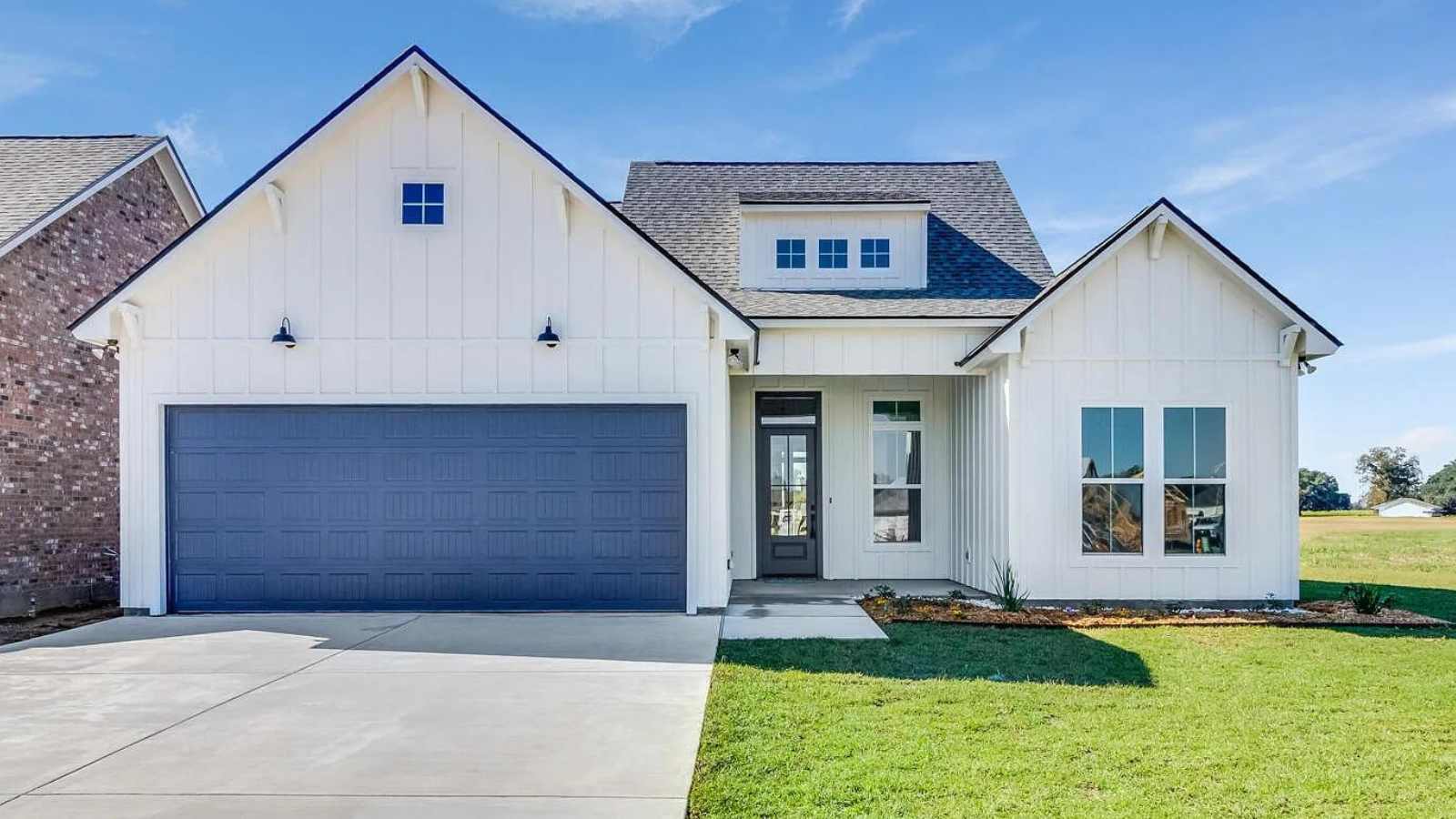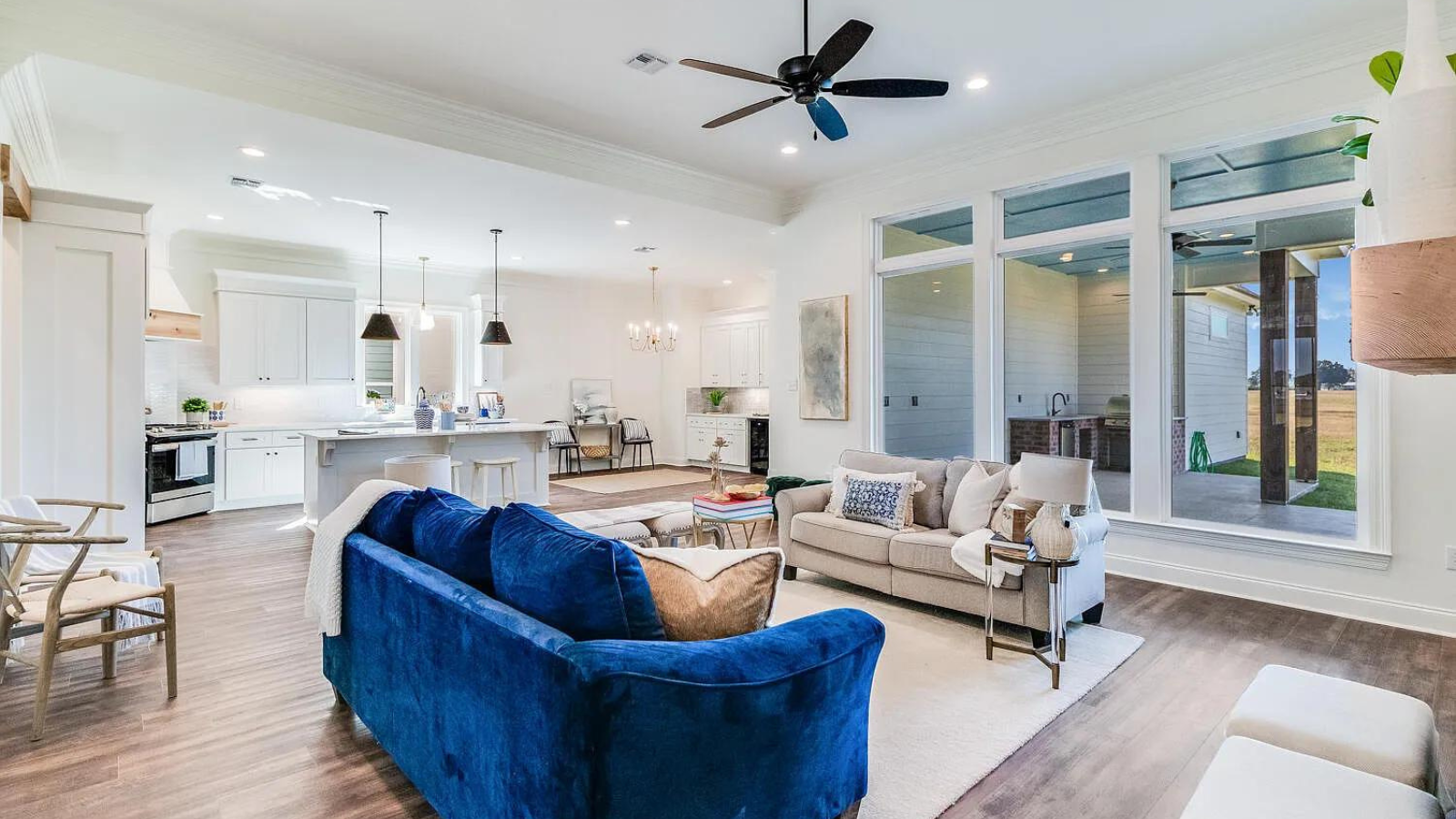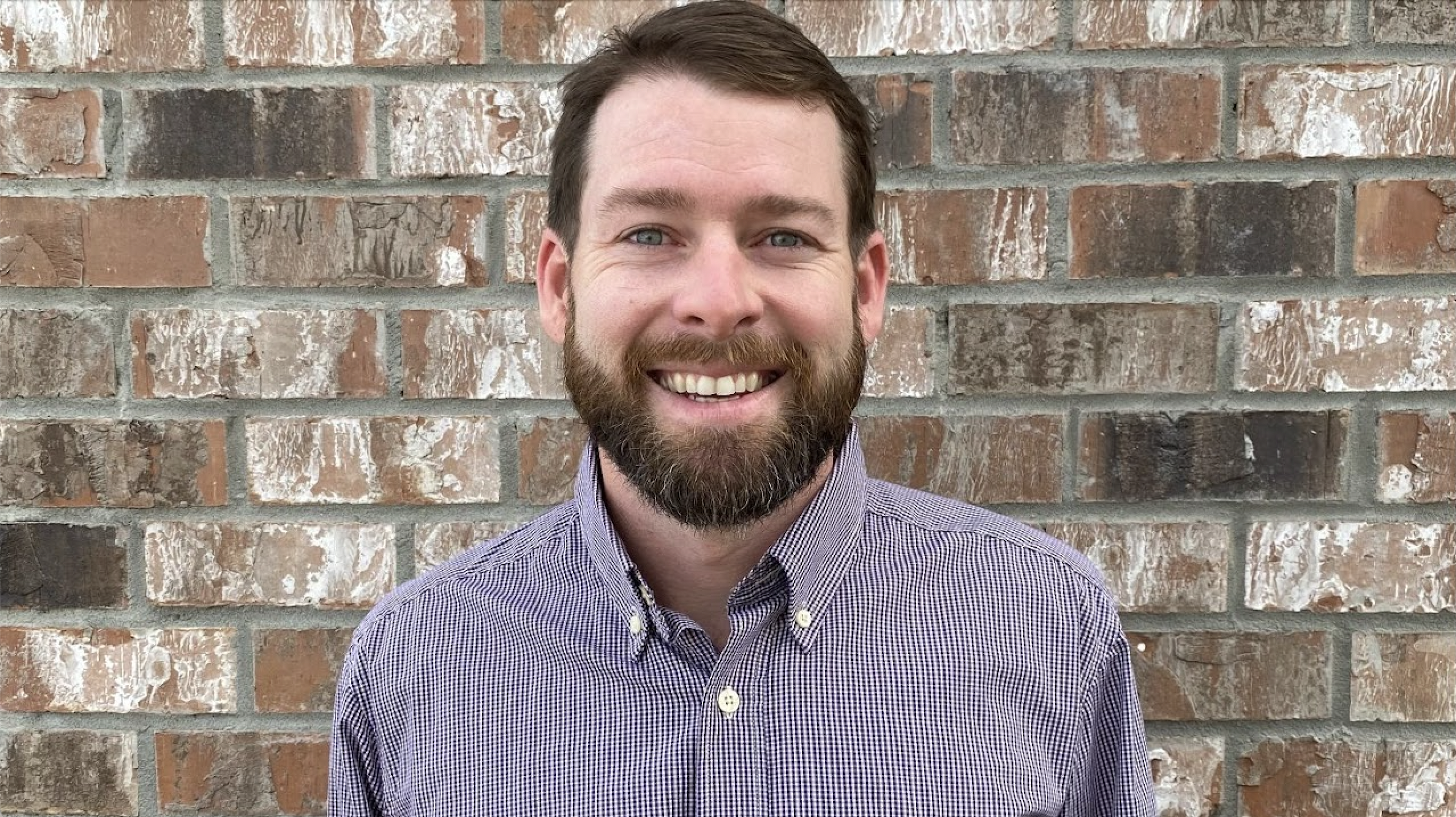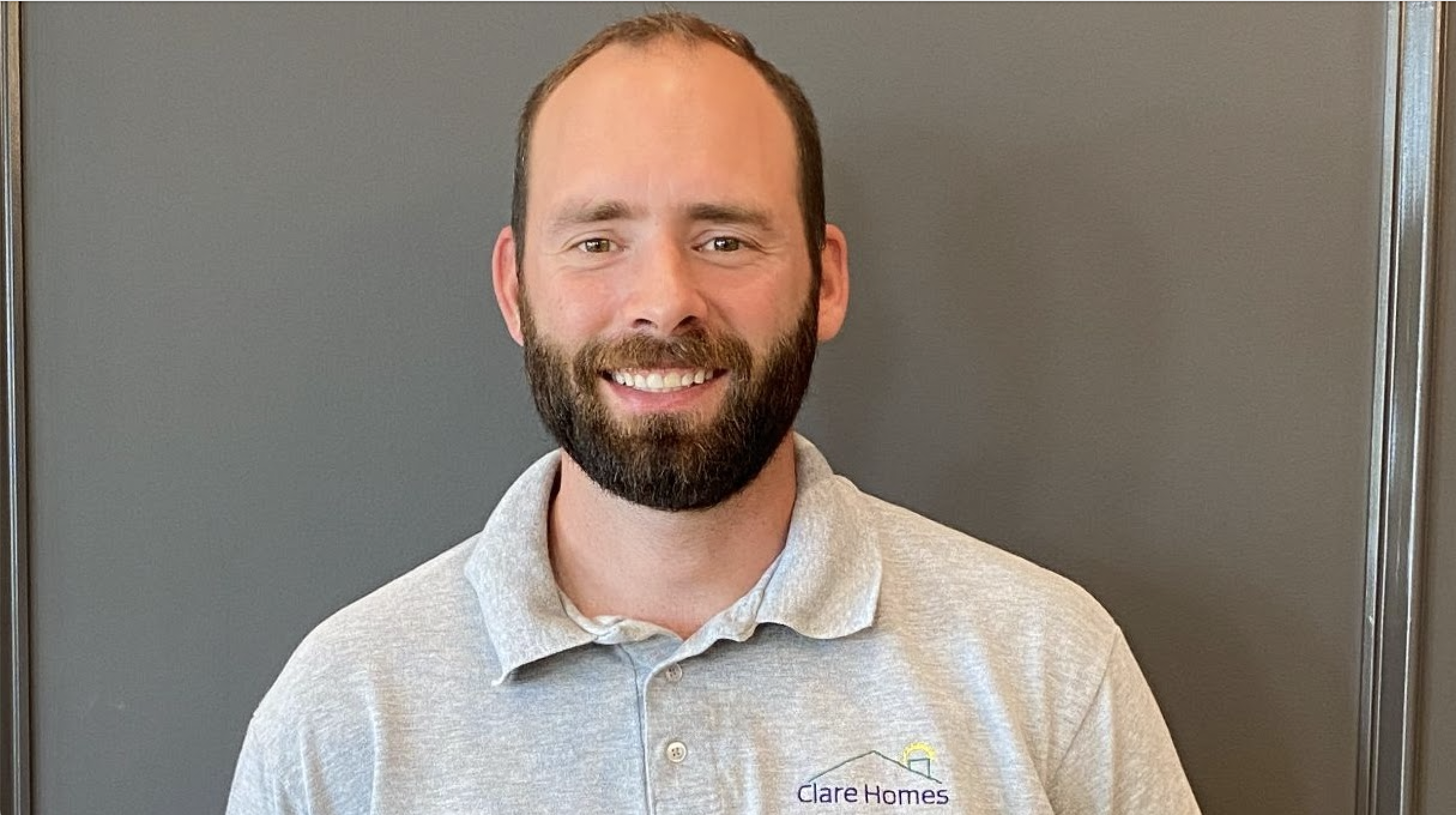Clare Homes is a semi-custom single family home builder located in Lafayette, Louisiana, established by Isaac Scott and Kendall Gilmore. Their mission is to build more resilient, healthy, and energy-efficient homes for their customers and community. EEBA is excited to announce Clare Homes as the Builder of the Month.
In this month's feature, we asked Clare Homes co-founder Isaac Scott to share some insight on their growing company.


Aaron Smith: Tell us a little bit about Clare Homes. How did you get started and what are some of your goals?
Isaac Scott: Clare homes, was founded in 2021, by myself and my business partner, and one of my best friends, Kendall Gilmore. Clare is an acronym for clean air, resilient, efficient homes. It’s been my personal and professional goal to build sustainable homes and communities since I was 18 and my mom first said to me, why don't you build sustainable communities?
AS: Tell us what you're doing around clean air in homes.
IS: We're going to start building to the Indoor airPLUS Program in either our third or fourth build. The first two homes were built to the fortified roof standard. We did use a lot of Energy Star products and techniques, and we're going to do ENERGY STAR and fortified on our next house. But for the first house, it was really about the resiliency part of Clare’s Home's right of getting to that FORTIFIED.
AS: Can you talk about why that's important to you and your customers in Lafayette, Louisiana?
IS: FORTIFIED Roof is a high performance roof program. It's an enhanced roof assembly that makes your home more protected against a hurricane. We knew that we could get buy-in from the general public on resiliency which is why we picked the FORTIFIED Roof program for our first two houses. I've learned through this process working with FORTIFIED that in Alabama, even the production homebuilders build to Fortify Gold. Because of the insurance companies, we're seeing the same thing here now, where the insurance companies have taken such a huge loss due to the disaster cycle in Louisiana, that they are fleeing Louisiana right now. And fortified is playing a part in their staying, then the insurance companies play a big part in the solution.
AS: What programs are you looking at for the third house?
IS: Our third house is going to be at least ENERGY STAR and FORTIFIED Roof.
I really wanted to go Zero Energy Ready, and I think that we could with the help of EEBA and the builder benchmark group, and with Claudette. But as of now, we're just going to commit to at least ENERGY STAR and FORTIFIED Roof and make that standard on all our homes as we grow.
AS: Can you talk about how the scholarship with the EEBA Builder Benchmark Group (BBG) helped you as a new builder?
IS: We would really be lost without the BBG. I always had this idea of building Net Zero homes, Zero Energy homes, and sustainable homes so Kendall and I quit our jobs. I won't get too verbose about this, but I'm not sure that you've ever heard the whole story. I quit my job and I had heard of this company called Thrive Home Builders that built the first zero energy now home. I went to the zero energy now home and I asked if there was anybody that I could speak to about how I can start building Net Zero homes in Louisiana. I got Bill Rectanus' card. We talked and I wrote down his two pieces of advice. He said to join EEBA and partner with an Energy Rater.
AS: What do you hope to accomplish on a wider scale with Clare Homes?
IS: Buildings consume the most energy of any industry in the world. Around 45% of our global energy consumption comes from buildings, whether it's a home, a football stadium, or an office building. That power is often generated by fossil fuels. So, if we want to get to net zero, then we must have net zero buildings. I've always had this vision of a net positive community. Because if we can turn our subdivisions into microgrids then that is a microcosm of a net zero accomplishment.
AS: Can you tell us about your mission trips in Mexico and how you got involved in that?
IS: I'd love to because that's a huge part of who I am today. I always liked building and said I wanted to be either an architect or a builder. My mom recognized that I needed some humility in my life, and she understood what my interests were. I went my junior and senior years of high school and it really solidified that I wanted to be a builder.
AS: What's your advice to someone who wants to become a new builder?
IS: Work for a production builder. Kendall and I both worked for a reputable production builder that has a great process. I would also say you have to step out of your comfort zone. I’m not outgoing and when we were at the high performance building summit, I saw Doug Tarry, and I thought to myself, I really have to dig deep and put myself out there. When I saw Doug, I said, “Hey, man, I heard you on the EEBA podcast”. After that, Doug introduced me to Joel Abney, and Joel then introduced me to Gene Myers, and it was just a waterfall. And that's how we got to where we are today. I would like to circle back to the question about the builder benchmark group and express how important that was in our development. I take notes from those meetings, and I reference them all the time. We wouldn't have been able to build these houses as well without everything we learned from every builder in the group. It's hard to put into words just how influential you guys have been for us.


EEBA is excited to continue to work with Clare Homes as they continue to grow and evolve with the sustainable building community.
Click here to listen to the entire interview at Better Homes, Better Future podcast.
To learn more about Clare Homes, visit their website at: https://www.clare-homes.com/